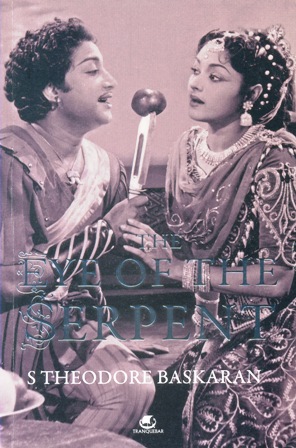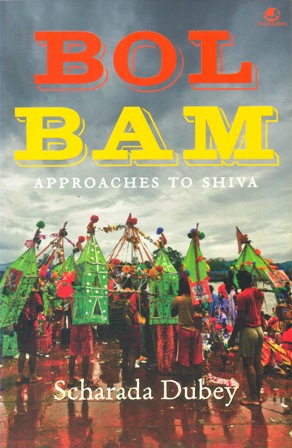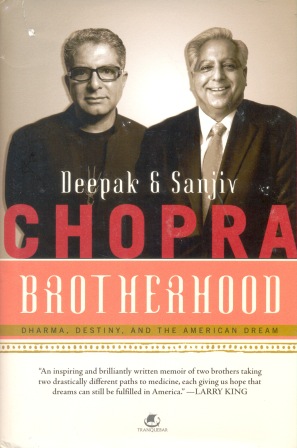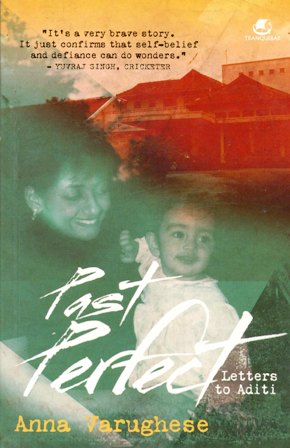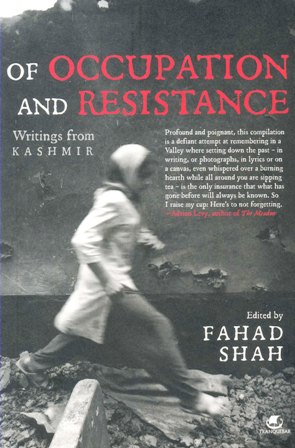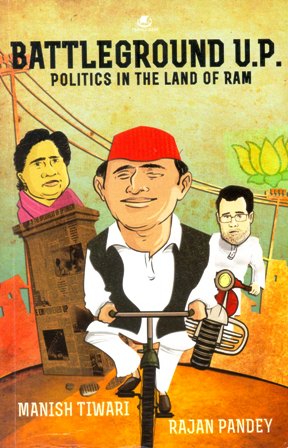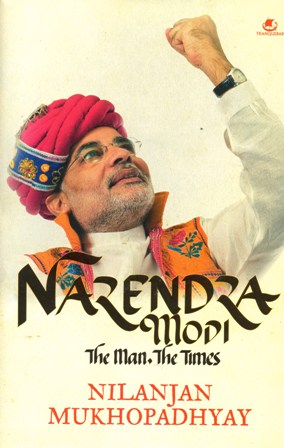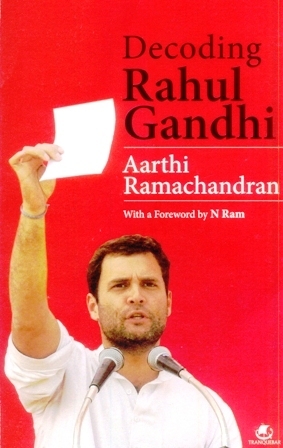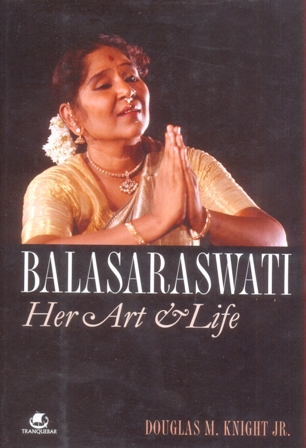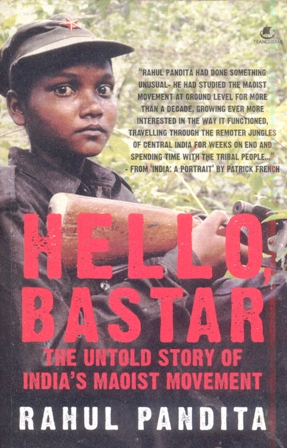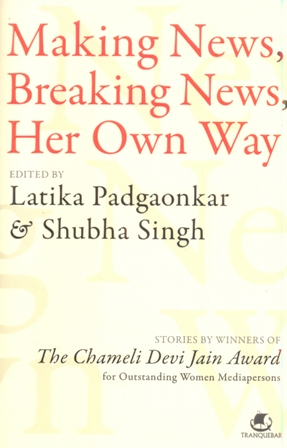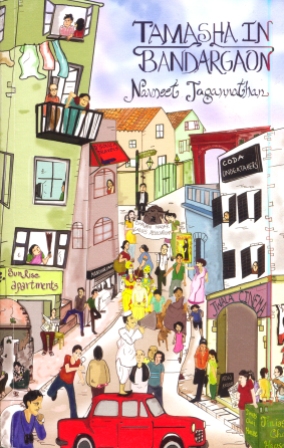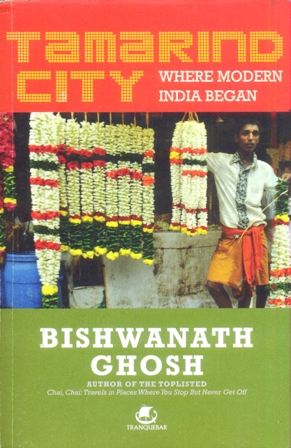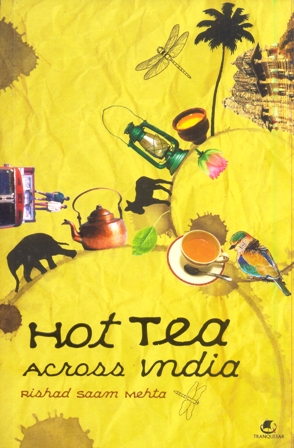-
Bol Bam : Approaches to Shiva
Faith remains strong, even in the midst of devastation. We are stimulated daily by constant reminders of God around us, says Scharada Dubey. There are the daily calls to prayer, devotional songs, calendar pictures, roadside shrines but it is pilgrimages that are the most visible way in which faith is expressed. A yatra is essentially a shared spiritual journey and the writer has undertaken many of her own, particularly to places central to the worship of Shiva. To some, choice seemed an odd one, since there are many reasons for non-belief today but Dubey chooses not to turn her back on such cultural riches. Large numbers of people move across the country in obedience to the rhythm of a seasonal call that their forefathers have answered. This book seeks to explore several such yatras through the particular prism of Shiva worship. Shiva occupies a unique place in the Hindu pantheon as a deity equally close to the hearts of vagrants and addicts, the disabled and the no hopers and to the more empowered sections of society. Perceptions of Shiva and of his worshippers provide the conversational cues for interviews with the people whose accounts and words enrich this book. In it, readers will meet pilgrims and priests, public administrators and all mainstream or marginal participants in journeys undertaken to please their god. Dubey joins the throng around Shiva, observing, listening, absorbing the deep, quiet enchantment of faith.
-
Brotherhood : Dharma, Destiny and the American Dre
In Brotherhood, Deepak and Sanjiv Chopra reveal the story of their personal struggle and triumphs as doctors, immigrants and brothers. They were born in the ferment of liberated India after 1947, as an age old culture was reinventing its future. For the young, this meant looking to the West. The Chopra brothers were among the most eager and ambitious of the new generation. In the 1970s, they each emigrated to the United States to make a new life. Both faced tough obstacles: while Deepak encountered resistance from Western trained doctors over what he called the mind-body connection, Sanjiv struggled to reconcile the beliefs of his birthplace with those of his new home. Eventually, each brother became convinced that America was the right place to build a life and the Chopras went on to great achievements - Deepak as a global spiritual teacher and best selling author, Sanjiv as a world renowned medical expert and professor at Harvard Medical School. Brotherhood will fascinate and inspire those who still believe in Americas capacity to foster achievements and reward hard work.
-
Past Perfect To Aditi
Cricketer Anna Varughese was only four when she was diagnosed with ulcerative colitis, a serious chronic abdominal disease. From then on, her life was dominated by severe food restrictions, doctors and hospitals. Despite all that, encouraged by her incredibly strong mother, Anna never gave up. She went on to do her MBA, marry her college mate and best friend TC and have a daughter, Aditi. When Anna was thirty one came a grim verdict, her liver was so badly damaged that a transplant was her only hope of survival. By 2002, Anna, who had spent nine months in a small London apartment with her mother, waiting for a donor, had almost given up hope. It was then that Past Perfect took shape. If she couldnt live to tell Aditi the tale, Anna was determined that her daughter would still read her story that of a wonderful past and an ordinary but lovely life. Here is that captivating story, full of humour and laughter, of a Kerala childhood packed with family, cousins playing ever ending games, gatherings around tables groaning with food and celebrations of weddings, festivals and ordinary days with equal gusto. Anna found her donor in September 2002. Her refusal to let the disease define her or destroy her love for life, will bring hope to anyone faced with a life threatening condition and to their families who fight the battle with them.
-
Narendra Modi: The Man, the Times
On 26 December 2012, Narendra Modi was sworn in as the Chief Minister of Gujarat for the fourth time to extend his record tenure in office. Mass Murderer or Development Man? It depends on which side of the spectrum he is viewed from, because Narendra Modi is one of those politicians whose name prompts extremes of hate-filled anger or outright adulation. Despite polarizing Gujarat and India in more ways than one, Modi brilliantly does what it takes to survive in a democracy: win elections. Written by veteran journalist and writer, Nilanjan Mukhopadhyay, after several in-depth interviews, meticulous research and extensive travel through Gujarat, this book reveals hitherto unknown aspects of Narendra Modis psyche: as a six- year-old boy selling tea to help out his father and distributing badges and raising slogans at the behest of a local political leader; abandoning his family and wife in search of his definition of truth; initiation into the RSS as a fledgling who ran errands for his seniors; his idea of Gujarati pride and Indian-ness; and finally, his meteoric rise which gave him a distinct identity post the 2002 Godhra riots. Narendra Modi: The Man, The Times is a definitive biography of a man who may have challenged the basic principles of a sovereign secular nation but emerged at its destination as an undisputed and larger-than-life leader.
-
Decoding Rahul Gandhi
In a bid to demystify Brand Rahul, Decoding Rahul Gandhi chronicles his political path, which is different from that pursued by his mother Sonia, father Rajiv, and grandmother Indira. Although the 42-year-old Rahul has borrowed a few elements from them, he has carefully and deliberately added new ideas, strategies and practices from the world of business and management. Rahul’s philosophy is a form of corpo-politics, where management principles are applied to political leadership, and socio-politics, where beliefs in inclusive growth are ingrained in overall strategies. Why have Rahul’s plans flopped so far? His initiatives to inculcate internal democracy in the Congress youth and student wings were well-intentioned, but lacked a clear-cut thrust and have failed to grapple with realpolitik. Decoding Rahul Gandhi is based on dozens of interviews with political actors, members of Rahul’s team in the Indian Youth Congress (IYC) and National Students Union of India (NSUI), and his friends and acquaintances. Coupled with in-depth reportage of his electoral and political campaigns, the book establishes how Rahul’s politics is riddled with inconsistencies, symbolism and an opportunistic, rather than committed, engagement with national issues. The book throws light on the factors that have shaped him as a person and politician. It details his working style, which is nearer to a CEO of a Fortune 500 company, and the role played by the members of his A-Team (which includes Kanishka Singh and Sachin Rao). How did Rahul Gandhi’s years abroad as a student and as a management consultant influence his politics? What was his much-hyped revamp of the IYC and the NSUI all about? What are the reasons for the Congress and Rahul’s humiliating defeat in the 2012 Uttar Pradesh assembly elections? How has he applied global management principles, like The Toyota Way and Bottom of the Pyramid, to domestic politics? Prime Minister Rahul Gandhi what would this mean for India? About the Author Aarthi Ramachandran is a political journalist who has worked with leading Indian newspapers such as The Economic Times and Business Standard. She has written about the Congress for the past seven years and tracked Rahul Gandhi’s political career closely. She is now a freelancer, attempting the transition from being a full- time journalist to a full-time mother. She lives in Delhi with her husband and daughter.
-
Balasaraswati: Her Art And Life
his is the first complete biography of T.Balasaraswati (1918- 1984), a dancer and musician from southern India who became recognized worldwide as one of the great performing artists of the twentieth century. In India she was a legend in her own time, acclaimed before she was thirty years old as the preeminent dancer of traditional bharatanatyam. Balasaraswati was a passionate revolutionary, an entirely modern artist whose impact was proclaimed by some of the most prominent figures in contemporary dance in India and the West. Her art and life defined the heart of a tradition. Her story offers an extraordinary view of the matrilineal devadasi community and traditional artistic practice from which modern South Indian dance styles have emerged.This deeply engaging biography draws together Balasaraswati`s personal account of her life and her reflections on the process of making dance and music. It includes the commentary of family members and dozens of contemporaries from throughout her fifty-year career, revealing hereditary artistic values and conventions that have virtually disappeared in modern India. The book is generously illustrated with rare historical photos and a duotone gallery of distinguished photographers’ images of Balasaraswati’s dancing.
-
Hello Bastar: The Untold Story Of India’s Maoist M
With an afterword by jailed Maoist ideologue Kobad Ghandy Praise for Hello, Bastar "Rahul Pandita had done something unusual - He had studied the Maoist movement at ground level for more than a decade, growing ever more interested in the way it functioned, travelling through the remoter jungles of Central India for weeks on end and spending time with the tribal people." -- PATRICK FRENCH, British writer and historian. With direct access to the top Maoist leadership, Rahul Pandita provides an authoritative account of how a handful of men and women, who believed in the idea of revolution, entered Bastar in Central India in 1980 and created a powerful movement that New Delhi now terms as India’s biggest internal security threat. It traces the circumstances due to which the Maoist movement entrenched itself in about 10 states of India, carrying out deadly attacks against the Indian establishment in the name of the poor and the marginalised. It offers rare insight into the lives of Maoist guerillas and also of the Adivasi tribals living in the Red zone. Based on extensive on-ground reportage and exhaustive interviews with Maoist leaders including their supreme commander Ganapathi, Kobad Ghandy and others who are jailed or have been killed in police encounters, this book is a combination of firsthand storytelling and intrepid analysis. Hello, Bastar is the story of: How the idea of creating a guerilla base in Bastar came up What the rebels who entered Dandakaranya had to deal with The Jagtial movement that created the ground for the Maoist movement The first squad member who died for revolution How Maoists and their guerilla squads function Their goals, recruitment, party structure and funding Their ‘urban agenda’ for cities like Delhi, Mumbai, Chennai Their relationship with people and peoples’ move- ments Maoist supremo Ganapathi and other top leaders Anuradha Ghandy’s journey from Bombay to Bastar
-
Making News, Breaking\nNews, Her Own Way
Making News, Breaking News, Her Own Way is about the lives and work of some of the most outstanding women journalists of our time who redefined and gave a whole new meaning to what constitutes news, in terms of values and themes. The groundbreaking work done by these journalists won them the prestigious Chameli Devi Jain Award for Outstanding Women Media person, and like Chameli Devi Jain, a simple housewife who joined the freedom struggle in Delhi, they too exemplify values of independence, courage and dedication. From across the north, south, east and west of India, in different languages, these intrepid women have exposed corruption, child labour and caste massacres, uncovered financial scams, fought against atrocities committed against women, championed human rights and celebrated when their stories have been catalysts for change. In today’s age of tweets and instant information, the early women journalists filed their reports, if lucky typed on an Olivetti typewriter, but most times from a post office, used as a conduit to get reports to the desk. They have come a long way, from the time the profession was a stronghold of men, when they were relegated to covering flower shows and beauty pageants, to the present day, when no area is forbidden territory, be it the Kargil war, terrorist attacks in Kashmir, insurgency in the North-east, art, environmental concerns, consumer rights, and everything else in between. The stories range from the days of Prabha Dutt and Usha Rai, torchbearers for a whole generation of women journalists, to those like Tavleen Singh, Barkha Dutt and Madhu Kishwar, who are in the forefront of the media today. This book also pays tribute to India’s first photographer Homai Vyarawalla, who captured a whole era of great historical change with her lens.
-
Tamasha In Bandargaon
In the fictional suburb of Bandargaon, tucked away in Bombay, there's never a quit moment. Dreams erupt, hopes shatter, in the heaving Sunrise Apartments, by a rickety tea-cart-Jinias Chai Hause, inside a seedy Jaanam Desi, and by the dilapidated Purana Qila. Chagan, the dashing hero, who shines like a film-star, spends hours wooing a beauteous Shalini. Shalini, ever fickle, oscillates between him and a pining Vinayak. Vinayak, in turn, tries desperately to win the favour of Shalini's mother, Lakshmibai. Elsewhere, the local politician, Sajjanpur, tries winning an impossible election; Miranda, a sullen mortician, seeks answers from an ailing priest; and Sultan, the irascible grocer contents with an overfriend dog. Reminiscent of R.K. Narayan's Malgudi Days, Tamasha in Bandargaon, with its interlinked stories, with its effortless dialogue and wry humour, is at once enriching and entertaining. In the young debut writer's imaginary world, there's sound, fury and the distant glimmer of hope.
-
Tamarind City: Where Modern India Began
‘While in other big cities tradition stays mothballed in trunks, taken out only during festivals and weddings, tradition here is worn round the year.’ This is just one of the author’s many keen observations of Chennai. With mordant wit, this biography of a city spares neither half of its split-personality: from moody, magical Madras to bursting-at-the-seams, tech-savvy Chennai. And, a minute into the book, the reader knows they are inseparable-and Bishwanath Ghosh refuses to take sides. And yet, he tells us, while Chennai is usually known as conservative and orthodox, almost every modern institution in India-from the army to the judiciary, from medicine to engineering-traces its roots to Madras’s Fort St George, which was built when Delhi had only just become the capital of the Mughal Empire, and Calcutta and Bombay weren’t even born. Today, the city once again figures prominently on the global map as ‘India’s Detroit’, a manufacturing giant, and a hub of medical tourism. There have been sweeping changes since pre-Independent India, but even as Chennai embraces change, its people hold its age-old customs and traditions close to their heart. ‘This is what makes Chennai unique,’ says Ghosh, ‘the marriage of tradition and technology’. Bishwanath Ghosh wears a reporter’s cap and explores the city he has made his home, delving into its past, roaming its historic sites and neighbourhoods, and meeting a wide variety of people-from a top vocalist to a top sexologist, from a yoga teacher to a hip transsexual, from a yesteryear film star to his own eighty-five-year-old neighbour, from the ghosts of Clive, Wellesley, Hastings and Yale to those of Periyar and MGR, two people who redefined the political skyline of Tamil Nadu. What emerges is an evocative portrait of this unique city, drawn without reservation-sometimes with humour, sometimes with irony-but always with love.
-
Hot Tea Across India
On Rishad Saam Mehta’s journeys — and as a travel writer and all-round road-trip junkie, he’s been on many — there’s a particular thing he noticed. There’s not a highway, road or dirt track in India where you can’t find a cup of chai whenever you want it. And with those cuppas come encounters and incidents that make travelling in India a fascinating adventure. In this riveting book, which includes stories of honey- and saffron-infused tea shared with a shepherd in Kashmir, and a strong brew that revives the author after almost getting lynched by an irate mob in Kerala, Rishad takes you across the length and breadth of India, from Manali to Munnar, from the Rann of Kutch to Khajuraho, with a wonderful combination of wit, sensitivity and insight.

